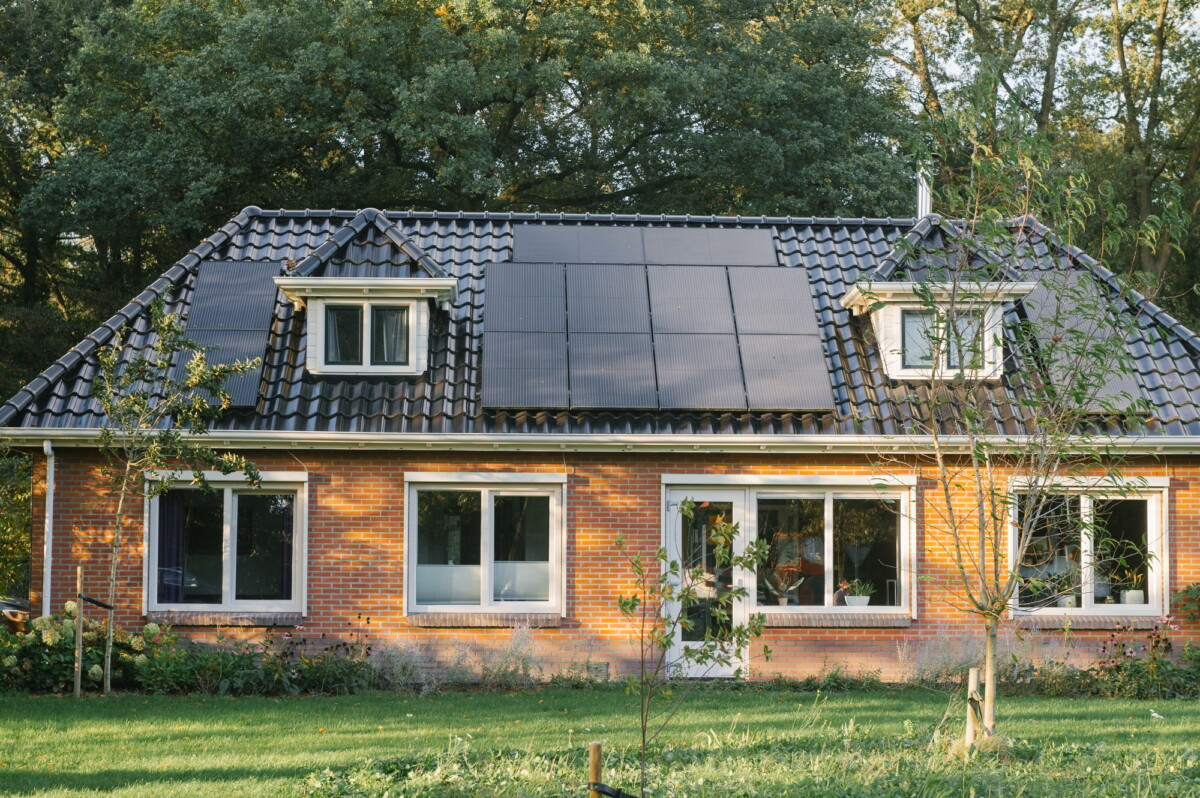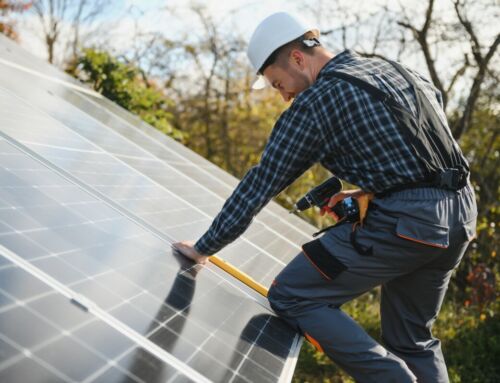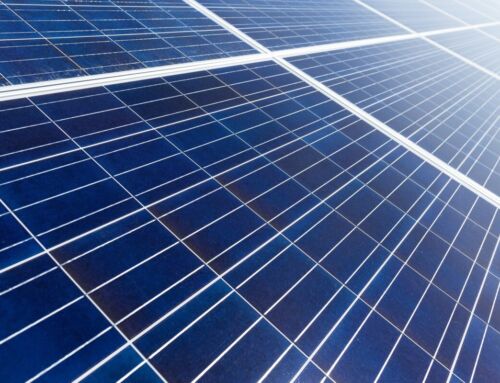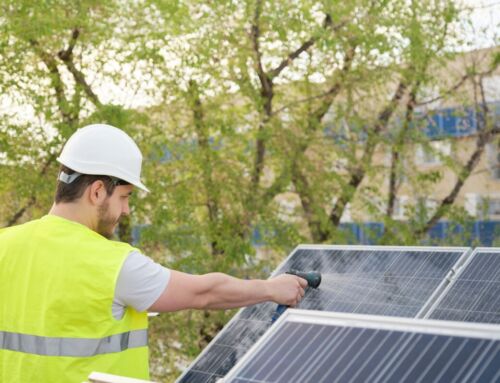As electricity rates continue to rise and environmental concerns take center stage, more homeowners are seriously considering renewable energy solutions. Among the most accessible and effective options is installing a house solar system. It’s not just a trend—it’s a transformative step toward energy independence, long-term savings, and a cleaner planet.
But switching to solar isn’t a casual decision. From understanding how solar technology works to calculating installation costs and evaluating whether it’s right for your home, there’s a lot to unpack. In this comprehensive guide, we’ll walk you through everything you need to know about house solar systems—how they function, what they cost, how to maintain them, and why they’re more relevant than ever.
What Exactly is a House Solar System?
A house solar system refers to a residential energy setup that converts sunlight into usable electricity using solar panels. These systems can either power the entire home or supplement a portion of your electricity needs, depending on the system size and energy consumption patterns.
Unlike utility-generated power that relies on fossil fuels, solar energy is clean, abundant, and renewable. Installing a home solar system means you’re not only producing your own electricity, but you’re also doing so without harming the environment.
How Solar Panels Generate Power
At the core of every solar system are photovoltaic (PV) cells. These cells are typically made of silicon and are capable of converting sunlight into direct current (DC) electricity. Since most home appliances run on alternating current (AC), an inverter is used to convert DC to AC.
When sunlight hits the solar panels:
-
PV cells absorb sunlight and generate DC electricity.
-
The inverter converts DC to AC power.
-
Electricity flows to your home’s main electrical panel.
-
Any surplus power is stored in batteries or fed back to the grid.
If you’re connected to the grid, unused electricity can be sent back to the utility for credits—a concept known as net metering. During nighttime or cloudy days, you can draw power from the grid or from stored battery energy if your system includes batteries.
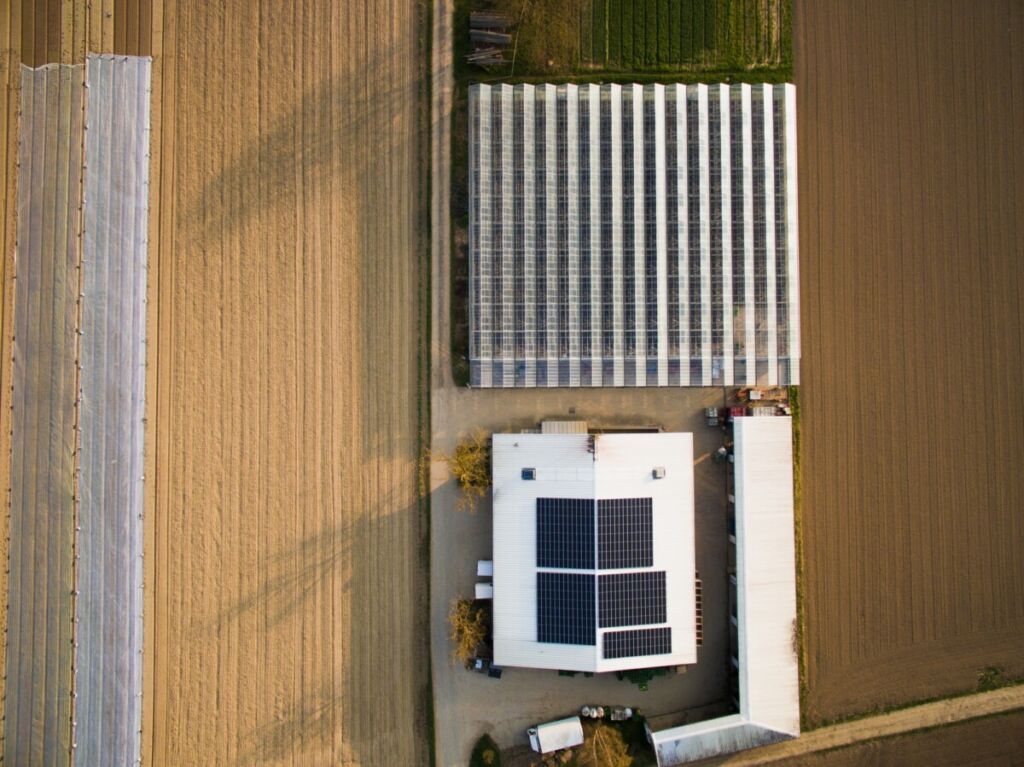
Thinking about solar energy? See how it can lower your bills and elevate your home’s efficiency. Get Your Free Estimate at NewSolar Quotes
Core Components of a House Solar System
Let’s take a closer look at what actually goes into a house solar setup:
-
Solar Panels: These are the most visible part of the system. Panels are installed on rooftops or open ground where they can receive direct sunlight. Efficiency and durability vary by type—monocrystalline panels are the most efficient but costlier, while polycrystalline panels are more affordable.
-
Inverter: This device is critical—it converts the electricity from DC to AC. There are three types of inverters: string inverters, microinverters (one per panel), and hybrid inverters (with battery support).
-
Mounting System: Panels are secured using metal racks or frames mounted on the roof or a freestanding platform. The angle and orientation significantly affect the performance.
-
Battery Bank (Optional): Batteries allow you to store excess energy for later use. Especially useful in off-grid or hybrid systems where continuous power is critical.
-
Charge Controller: Mainly used in off-grid systems to protect the battery bank from overcharging or discharging.
-
Monitoring System: Most modern systems include an app or digital dashboard that lets homeowners track production, usage, and system health in real-time.
Types of House Solar Systems
Depending on how self-sufficient you want to be and whether you have access to the grid, you can choose from:
1. Grid-Tied Systems
These systems are connected to the utility grid and do not use batteries. When you produce more electricity than you consume, the excess is sent to the grid, and your meter “spins backward,” reducing your bill.
Best for: Urban or suburban homeowners with reliable grid access who want to reduce monthly bills.
2. Off-Grid Systems
Completely independent of the grid. These require robust battery storage and possibly a backup generator to ensure you have power during nights or cloudy days.
Best for: Remote properties where grid access is not available or cost-prohibitive.
3. Hybrid Systems
These systems combine grid access with battery storage. You can store energy for later and still benefit from net metering.
Best for: Homeowners who want reliability (no power outages) and independence from rising grid costs.
Financial Aspects: Cost, ROI, and Savings
The initial cost of a house solar system can be a barrier for some, but long-term financial benefits usually outweigh the investment. Installation costs depend on system size, location, component quality, and contractor fees.
Average Costs (U.S. Market 2025 Estimates):
| System Size | Upfront Cost (Before Incentives) | Estimated Yearly Savings |
|---|---|---|
| 3 kW | $8,000 – $10,000 | $500 – $700 |
| 5 kW | $12,000 – $16,000 | $800 – $1,200 |
| 10 kW | $20,000 – $30,000 | $1,500 – $2,500 |
After federal and state incentives, your actual out-of-pocket expense could be 20–40% lower.
Return on Investment (ROI):
Most homeowners recoup their investment within 6–10 years. Since solar panels last 25–30 years, the long-term savings can be substantial.
Federal and State Incentives
The Federal Solar Investment Tax Credit (ITC) currently allows homeowners to deduct 30% of installation costs from their federal taxes. Additionally, many states offer:
-
Rebates per watt installed
-
Property tax exemptions
-
Sales tax exemptions
-
Local utility company rebates
Important: Incentives vary by state, so always consult local guidelines or use DSIREUSA.org to check.
How to Choose the Right Solar Setup
Making the right decision involves several considerations:
-
Electricity Usage: Review your utility bills to understand how much energy you use.
-
Sunlight Exposure: A south-facing roof with minimal shade is ideal.
-
Roof Condition: It’s best to install solar panels on a roof that has at least 20–25 years of life left.
-
System Size: Most homes need a 5 kW to 8 kW system, but larger households or EV owners may need more.
-
Budget and Financing: Options include cash purchase, solar loans, leases, and power purchase agreements (PPAs).
Consult with at least 2–3 certified installers to compare options, designs, and quotes.
Environmental and Social Impact
By switching to a house solar system, a typical household can reduce their carbon emissions by 3 to 4 tons per year. Over 25 years, that’s equivalent to planting over 100 trees or not burning 80,000 pounds of coal.
Beyond that, solar systems reduce dependency on fossil fuels and promote energy decentralization—especially valuable during power outages and extreme weather conditions.
Common Misconceptions About House Solar Systems
Let’s clarify some myths:
-
“Solar doesn’t work in cold or cloudy places.”
False. Solar panels can still produce electricity in cloudy or snowy conditions. Efficiency may drop slightly, but they don’t stop working. -
“Panels are too expensive.”
Costs have dropped by over 70% in the last decade. Financing options and incentives make them accessible for many. -
“Batteries are required.”
Not for grid-tied systems. Batteries are optional unless you’re going off-grid or need backup power. -
“Solar will damage my roof.”
Properly installed systems do not harm your roof. In fact, they can protect the portion of the roof they cover. -
“You need a lot of space.”
Most residential roofs are large enough to accommodate panels sufficient for household energy needs.
Maintenance and Longevity
One of the biggest perks of solar energy is low maintenance. Solar panels have no moving parts, which means fewer mechanical issues.
Maintenance Tips:
-
Inspect and clean panels twice a year
-
Remove debris, leaves, or snow
-
Trim overhanging trees to avoid shading
-
Monitor system performance regularly
Most manufacturers offer 25-year performance warranties, ensuring at least 80–85% power output at the end of the term. Inverters typically last 10–15 years and may need replacement once during the system’s lifespan.
Is a House Solar System Right for You?
Here are a few questions to ask yourself:
-
Do you plan to stay in your home for at least 5–10 years?
-
Are you looking to reduce your long-term energy bills?
-
Do you live in an area with moderate to high sunlight exposure?
-
Is your roof in good shape and relatively shade-free?
If you answered yes to most of these, then a house solar system is likely a smart, future-proof investment.
Frequently Asked Questions (FAQs)
1. How long does it take to install a house solar system?
From consultation to activation, the entire process can take 1–3 months. Actual panel installation usually takes 1–3 days.
2. What happens during a power outage?
If you have a grid-tied system without batteries, it will shut off for safety. Hybrid or off-grid systems with batteries continue running during outages.
3. Can I install solar panels myself?
DIY kits are available, but it’s recommended to use licensed professionals to ensure safety, warranty compliance, and code regulations.
4. Do solar panels affect my home insurance?
Yes, but usually in a good way. Some policies may require updates, but many insurers now offer discounts for solar-equipped homes.
5. Will a house solar system increase my home’s value?
Yes. Studies show that homes with solar systems often sell faster and at a premium—sometimes up to 4% more than similar homes without solar.
Final Thoughts
A house solar system isn’t just about cutting electricity costs—it’s a lifestyle upgrade. It’s about gaining control over your energy future, reducing your carbon footprint, and increasing your property value. With government incentives, dropping installation costs, and a growing market of quality providers, there’s never been a better time to go solar.
If you’re ready to join the clean energy revolution, reach out to local certified solar professionals, request quotes, and begin your journey toward energy independence.
Switch to solar and start saving now! Don’t miss out on a cleaner, cost-effective energy solution. Schedule Your Free Consultation at NewSolar QuotesDiscover more ways to save with solar! Visit New Solar Quote and see the potential for your home.

